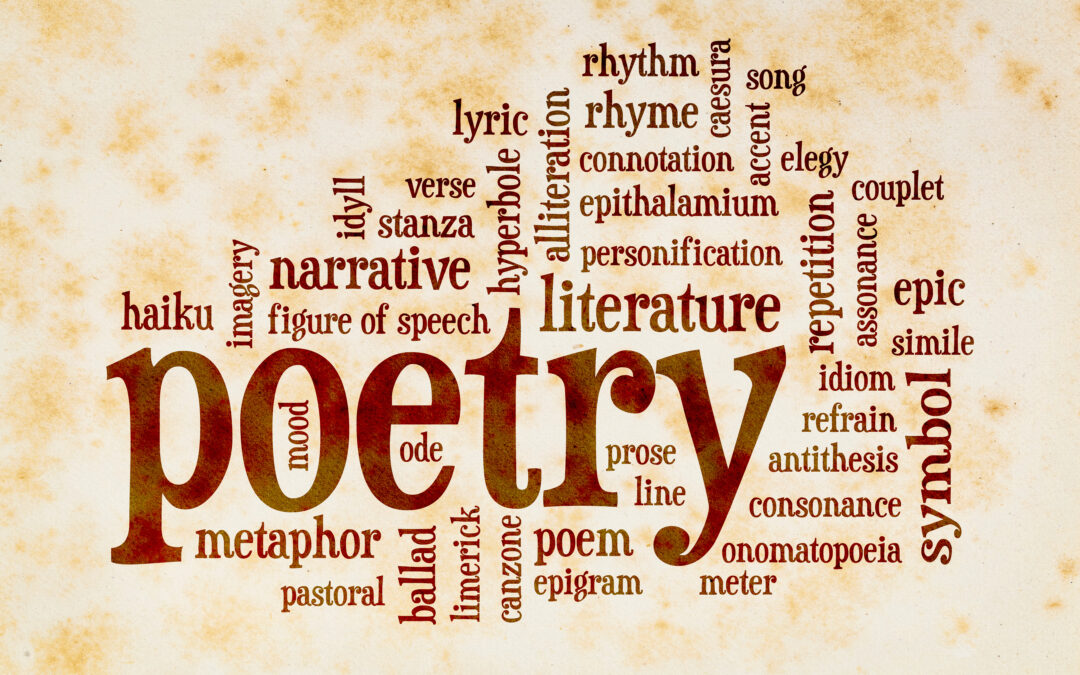The Merriam-Webster Dictionary contains several definitions for the word “poetry,” but perhaps the most poetic of those definitions states that poetry is “writing that formulates a concentrated imaginative awareness of experience in language chosen and arranged to create a specific emotional response through meaning, sound, and rhythm.”
Poetry can be highly personal to its writer, with strong emotional significance woven into each word, and a single poem can evoke a wide spectrum of emotions that are unique to each reader. It is not uncommon for poets to consult with an editor when they elect to publish their work. When editing poetry, there are a few steps Carol at The Book Couple follows to ensure the poet’s intended message and emotion is conveyed while still keeping their unique voice intact.
- Read the poem a few times, both aloud and silently.
- Analyze whether the theme is clear and the opening and closing lines are impactful—and query if not.
- Consider word choice and offer suggestions for any vague words or words that may have stronger alternatives.
- Offer suggestions for avoiding wordiness and/or omitting extraneous words.
- Look at line breaks and offer suggestions for rebreaks for smoother read if necessary.
- Review punctuation and capitalization for consistency.
- Proofread for spelling errors.
- With a collection of poetry, advise on order of placement/organization of each poem.
The editorial process for poetry is unique to its literary form, and the same is true for designing a poem or collection of poems for print or digital publication. The visual layout of a poem on the printed page can serve to reinforce, reflect, or strengthen a poem’s intended meaning. Layout is determined by the overall length of the piece, the length of each line, and whether the author wishes to accompany their written words with graphics or other artistic elements. These elements, in the hands of conscientious interior designer, form a cohesive layout that is an art piece in itself.

Recent Comments